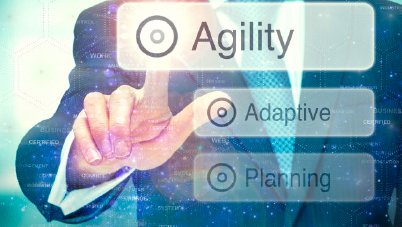IIL's Learning Categories
Agile and Scrum
Responding to change, enabling business agility, and maximizing value are among top imperatives facing organizations today.
Agile practices provide a powerful combination of the right knowledge, skills, and mindset to create and respond to change. Agile practices help drive continuous incremental improvement through small and frequent releases. Agile practices can improve both the ability to adapt to rapidly changing requirements and the quality of products and services.
Scrum is the framework for getting things done. Through the Scrum framework, Scrum professionals lead agile processes to make change a reality. Whether it is creating innovative products and services, improving quality and customer satisfaction, or transforming team culture, the Scrum framework is rapidly being adopted by organizations today.
Contact our team to check if you qualify for a discount or to discuss group pricing or training a team. You can also email us at [email protected].








